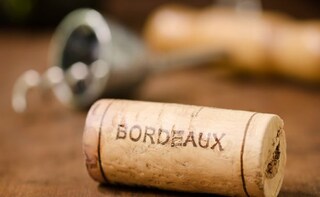Say Bordeaux and the word that instantly comes to mind is ‘wine’, at least for most of us. You don’t really have to be a wine connoisseur to know the value of Bordeaux wines, which is the oldest wine producing region in the world. Anyone who fancies a glass of vino over other liquors and have had the chance to taste a vintage from the region will know its worth. So it’s inevitable that when you plan a trip to Bordeaux you have only one thing in your mind – wine!
Almost all the wine regions are approximately an hour’s drive away from Bordeaux city. You can choose to stay in the city and take daily wine tours to explore the various regions or stay in a beautiful chateau in one of the wine regions for an unforgettable experience. The France Tourism office in Bordeaux offers a range of options to help you make the most of your time, including wine and cheese pairings and food and wine tours. There are also private tour operators available. If you are keen on visiting the top chateaus to taste premier wines like 1855 classification, Premier Grand Cru Classe and others, here are a few names you should look out for - Château Ausone, Château Cheval Blanc, Château Pavie, Château Haut-Brion, Château Pétrus, Château Le Pin, Château Lafite-Rothschild, Château Margaux, Château Haut-Brion, among others.
Advertisement
Advertisement
Almost all the wine regions are approximately an hour’s drive away from Bordeaux city. You can choose to stay in the city and take daily wine tours to explore the various regions or stay in a beautiful chateau in one of the wine regions for an unforgettable experience. The France Tourism office in Bordeaux offers a range of options to help you make the most of your time, including wine and cheese pairings and food and wine tours. There are also private tour operators available. If you are keen on visiting the top chateaus to taste premier wines like 1855 classification, Premier Grand Cru Classe and others, here are a few names you should look out for - Château Ausone, Château Cheval Blanc, Château Pavie, Château Haut-Brion, Château Pétrus, Château Le Pin, Château Lafite-Rothschild, Château Margaux, Château Haut-Brion, among others.
Advertisement
Advertisement
For the latest food news, health tips and recipes, like us on Facebook or follow us on Twitter and YouTube.
Advertisement
